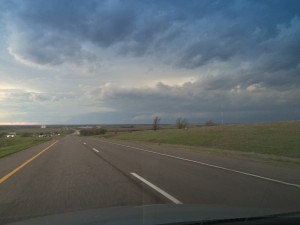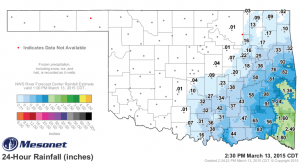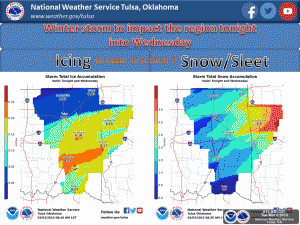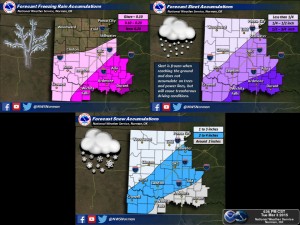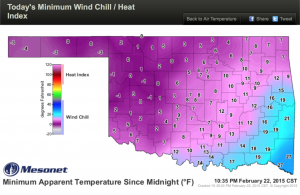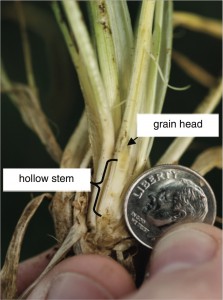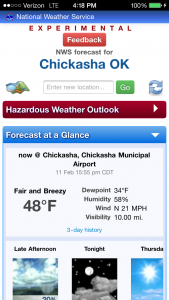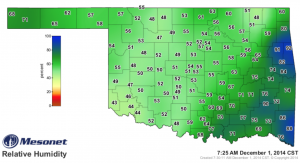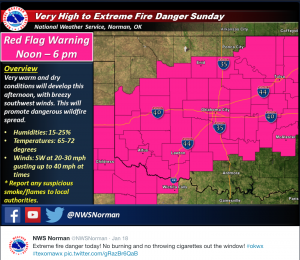I’ve spent a lot of time and miles traveling our great nation. On paved roads, dirt roads, and places where there was hardly any road. I’ve traveled in weather so wonderful only singing will do, sliding ice, blinding snow, and rain so hard the wipers couldn’t clear the window. When dark clouds start moving in, you need a way to know what’s ahead.
(Looking west from Highway 9, east of Turnpike Spur entrance, 6:06 PM 03/25/15.)
One of the traveling tools I’ve come to rely on is radar on my trusty cell phone. Continue reading
